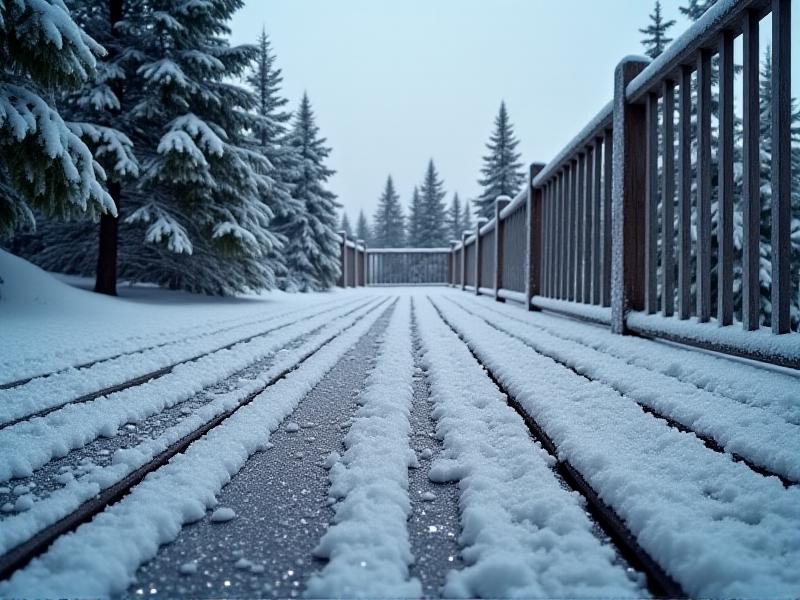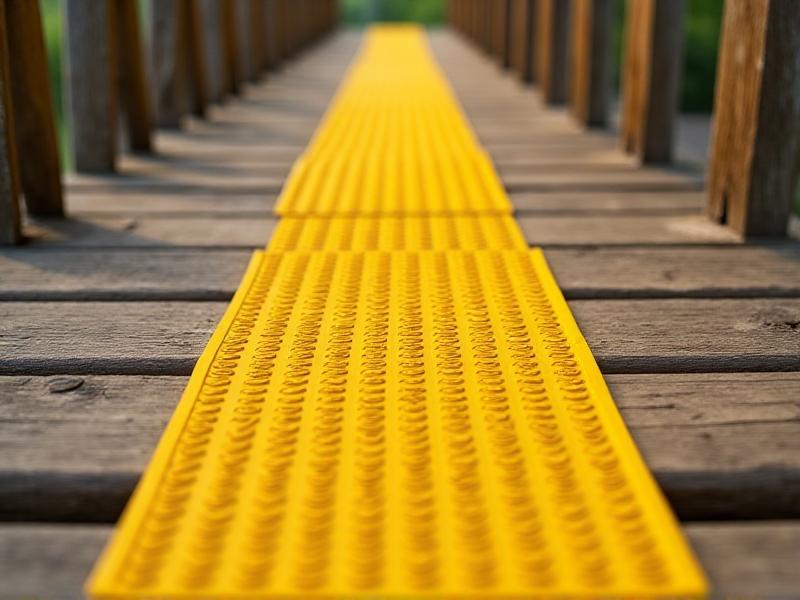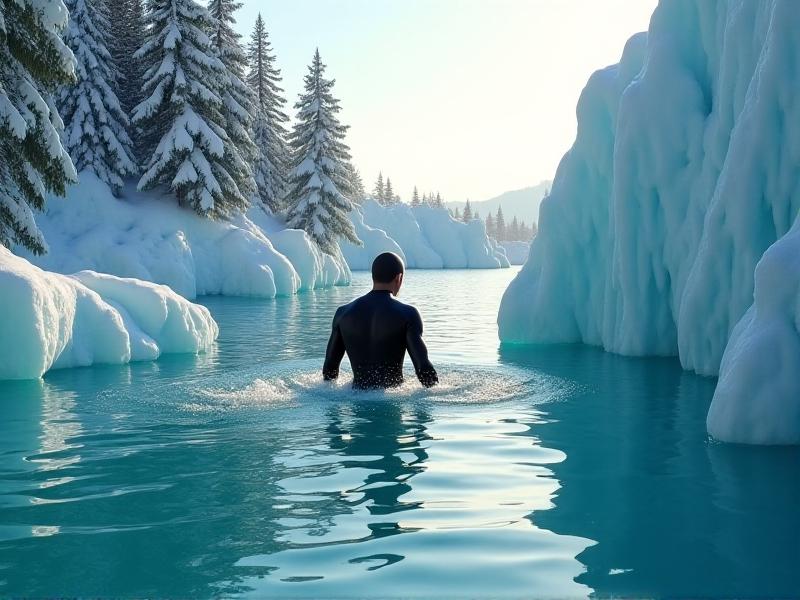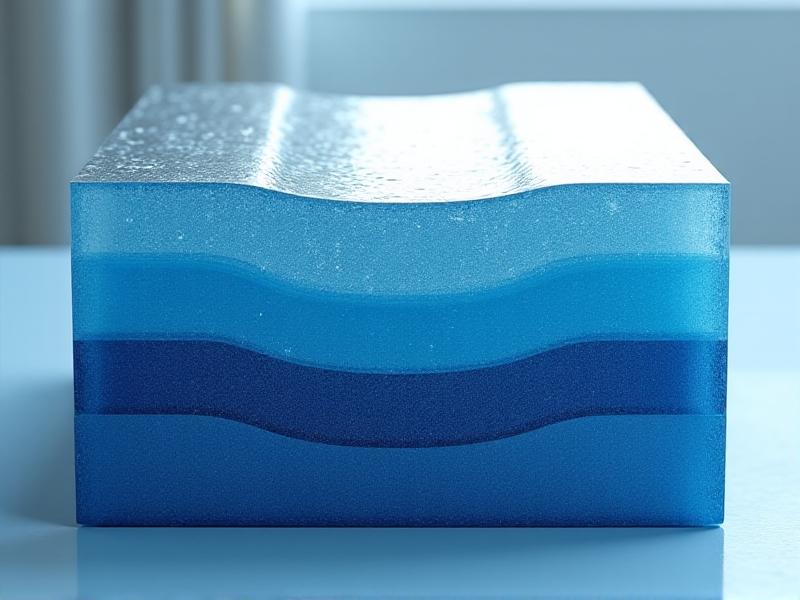Anti-Slip Surface Solutions for Icy Decks
Understanding the Risks of Icy Decks and the Need for Anti-Slip Solutions
Winter transforms decks into treacherous surfaces, where a thin layer of ice or snow can turn a step into a hazard. Slipping on icy decks isn’t just a minor inconvenience—it can lead to serious injuries like fractures, sprains, or head trauma. Homeowners in colder climates often underestimate how quickly moisture from rain, snow, or even morning frost can freeze on decking materials, especially wood, composite, or metal surfaces. The angle of the deck, shade coverage, and local climate further influence ice formation. Addressing these risks isn’t just about comfort; it’s a critical safety measure. Anti-slip solutions range from temporary fixes to permanent installations, each designed to mitigate the dangers posed by icy conditions. Proactively tackling this issue ensures outdoor spaces remain usable and safe year-round.

Choosing the Right Anti-Slip Materials for Your Deck
Selecting effective anti-slip materials starts with understanding your deck’s primary use and exposure. For high-traffic areas, adhesive anti-slip tapes or rubberized mats provide immediate traction. These are affordable and easy to install but may require seasonal replacement. For a more permanent solution, consider textured deck coatings like grit-added sealants or epoxy-based paints, which create a rough surface that disrupts ice formation. Composite decking boards with built-in texture or grooves offer long-term slip resistance, while interlocking anti-slip tiles made from durable polymers can be layered over existing decks. Natural options, such as stone aggregates or sand-infused stains, blend aesthetics with functionality. Always prioritize materials rated for cold temperatures and moisture resistance to ensure durability against freeze-thaw cycles.

DIY Solutions: Affordable Ways to Improve Deck Traction
Budget-friendly DIY methods can significantly reduce slipping risks without professional help. Sprinkling eco-friendly abrasives like sand, sawdust, or crushed walnut shells creates instant grip on icy surfaces. For a homemade spray solution, mix water with rubbing alcohol or vinegar to lower the freezing point of moisture. Traction aids like reusable carpet runners or burlap sacks secured with staples offer temporary protection during storms. If you’re handy, screw-in wire mesh panels or wooden cleats to deck boards for added texture. Regularly clearing snow with a plastic shovel—avoiding metal edges that damage surfaces—is essential to prevent ice buildup. Pair these tactics with strategic outdoor lighting to illuminate potential hazards after dark.

Commercial Anti-Slip Products: What Works Best?
Commercial solutions offer advanced technology for reliable ice management. Heated deck mats, powered by electricity or solar energy, melt snow on contact and are ideal for large or steep decks. Non-slip coatings like Snow Traction or NeverFreeze provide invisible protection by creating microscopic ridges on surfaces. For extreme climates, modular anti-slip panels made from aircraft-grade aluminum combine durability with lightweight portability. Liquid de-icers formulated with calcium chloride or magnesium chloride act faster than traditional rock salt and are less harmful to plants and pets. Look for products with certifications like UL Safety or ASTM International standards to ensure efficacy and environmental safety. Always test a small area first to confirm compatibility with your deck material.

Seasonal Maintenance to Prevent Ice Accumulation
Preventing ice starts with proactive maintenance. Before winter, clean debris from deck gaps to avoid moisture trapping. Apply a water-repellent sealant to minimize ice adhesion on wood or composite surfaces. Install gutter extensions to divert rainwater away from the deck, reducing puddles that freeze overnight. During colder months, use a squeegee to remove standing water after storms and inspect for cracks where ice can expand and damage the structure. For elevated decks, ensure proper ventilation underneath to discourage rapid cooling. Store furniture and planters to maximize sunlight exposure, which naturally melts ice. Combining these steps with routine checks for wear-and-tear on anti-slip installations ensures year-round safety.
Safety Practices for Walking on Icy Decks
Even with anti-slip measures, cautious movement is key. Wear footwear with deep treads or attachable ice cleats for better grip. Walk flat-footed, taking slow, short steps, and use railings at all times. Avoid carrying heavy loads that shift your center of gravity. Keep a small bucket of sand or salt near doorways for emergency touch-ups. Teach children and visitors about icy deck safety, and consider marking particularly slippery zones with reflective tape. If a storm is forecasted, pre-treat surfaces with liquid anti-icer to prevent bonding. Remember, no solution is foolproof—staying vigilant and adapting to changing conditions is the ultimate defense against accidents.
Long-Term Anti-Slip Solutions for Permanent Safety
Investing in structural changes can eliminate icy deck risks for decades. Replace smooth decking boards with grooved or ribbed alternatives designed for slip resistance. Install under-deck heating systems that radiate warmth upward, preventing ice formation. Reconfigure landscaping to allow more sunlight—trimming overhanging branches or choosing reflective paint colors. For new builds, opt for slightly sloped designs (1/4 inch per foot) that encourage water runoff. Incorporate abrasive strips into railings and steps during construction. Consult contractors specializing in cold-climate exteriors to explore innovations like radiant heat cables or thermally modified wood, which resists moisture absorption and ice adhesion.








